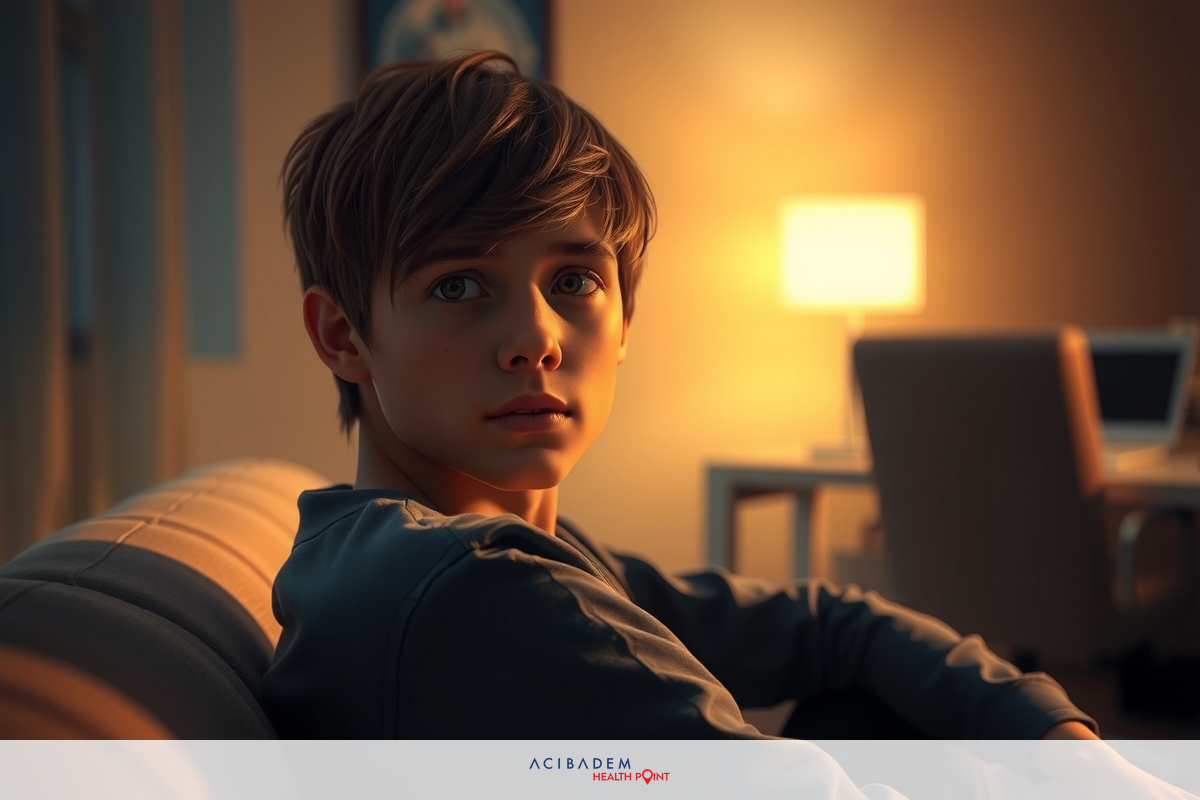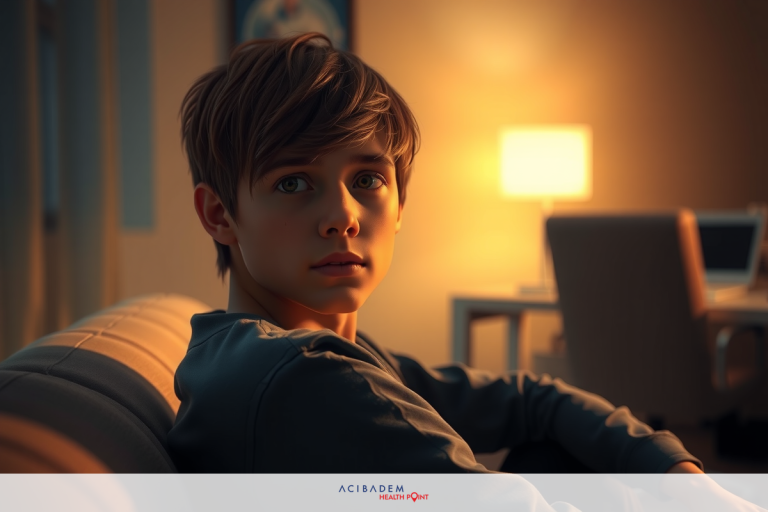Can Laser Surgery Correct a Lazy Eye?
Can Laser Surgery Correct a Lazy Eye? The human eye, complex and intricate, works akin to a high-tech camera. When one of them veers off the visual path—a condition often referred to as lazy eye or amblyopia—it can create an array of issues affecting everyday life.
On this journey through ophthalmology, we find ourselves asking: Could laser surgery be our answer? Traditional treatments have made strides over the years; yet they are not without their shortcomings. The exploration into laser surgery for correcting lazy eyes is relatively recent—ushering in new waves of excitement and intrigue within both medical practitioners and patients alike.
Delicate in its nature and precise in its execution, laser surgery offers hope where conventional methods fall short. This article navigates you through the known landscape of treating lazy eye, before anchoring at the shores of current research surrounding laser surgery’s potential role in rectifying this prevalent issue.
What is Lazy Eye?
A common vision development disorder, lazy eye or amblyopia, affects approximately 2 to 3 out of every hundred children. It’s a condition that involves reduced vision in one eye because the brain and the eye are not working together properly. The brain starts favoring the other eye over time.
Often, this condition begins during infancy and early childhood. In most cases, only one eye is affected but it’s possible for both eyes to be ‘lazy’. This happens when there isn’t clear visual input into either of them. Amblyopia can cause significant visual loss in an affected child if left untreated.
The causes of lazy eye vary greatly. They range from physical obstructions like cataracts blocking light entering the eyes, to strabismus—an imbalance in muscles positioning the eyes—leading to cross-eyed appearance or misalignment issues that prevent binocular vision. Other times, refractive errors where one eye has significantly different focus than the other lead to amblyopia as well; this form goes often unnoticed since the child seems fine with just using their good eye.
Symptoms too are surprisingly diverse considering they all stem from this single issue: poor coordination between an individual’s eyes and their brain processing images received through them! Some children might have noticeably improper alignment while others seem perfectly normal besides slight squinting or closing off a seemingly problematic vision source altogether.
In some instances, kids show signs such as trouble reading or doing close-up work like drawing pictures at school despite no apparent difficulties seeing objects far away—a condition known as ‘near-sight bias’ associated with certain types of amblyopia.
Understanding what constitutes a lazy-eye situation helps us comprehend why laser surgery could potentially correct it—our next stop on our ophthalmology journey after examining traditional treatment options.
Traditional Treatment Options
Amblyopia, the medical term for lazy eye, has been tackled with a variety of traditional treatment options. These methods have evolved over time and are primarily designed to improve vision by training the brain to use both eyes together. The effectiveness of these treatments varies from patient to patient and often depends on early detection.
The first line of defense usually involves correcting any underlying issues that may be contributing to amblyopia. This could involve prescribing glasses or contact lenses to correct refractive errors such as
myopia (nearsightedness), hypermetropia (farsightedness), or astigmatism. In some cases where strabismus is

present causing misalignment, surgery might be necessary.
Eye patches: One commonly used method is patching the stronger eye, forcing the brain to rely on images from the weaker one and thus strengthening its connection with it.
Atropine drops: Another option can be using atropine drops in the stronger eye which temporarily blur vision—again encouraging usage of less dominant counterpart.
Vision therapy: Also known as orthoptic therapy includes exercises aimed at improving visual abilities overall; particular focus here lies in coordination and alignment area.
These conventional treatments have demonstrated various degrees of success but they aren’t without their shortcomings. Compliance can prove challenging especially among young children due to discomfort or social stigma associated with wearing an eye patch for example.
Not all patients respond well either—and even when improvements occur, maintaining them post-treatment remains a significant challenge too! Hence laser surgery poses an intriguing alternative—potentially revolutionizing how we approach rectifying this prevalent ophthalmologic issue moving forward into our future healthcare landscape.
Exploring Laser Surgery
Laser surgery—precise, minimally invasive and often quicker in recovery time than traditional surgeries—is emerging as an exciting frontier in ophthalmology. Its application spans across multiple eye conditions such as refractive errors and glaucoma; recent years have seen researchers exploring its potential for treating lazy eye too! This shift could herald a new era of treatment options beyond conventional methods that come with their own set of limitations.
Laser treatment works on the principle of reshaping the cornea to correct vision problems. It’s been instrumental in addressing refractive issues like myopia, hypermetropia, or astigmatism successfully for adults. But when it comes to amblyopia, the challenge is different—it’s not just about correcting physical abnormalities but also reestablishing neural connections between the brain and eyes that were disrupted during early development stages.
This means laser surgery would need to be combined with some form of visual therapy encouraging use of affected eye post-surgery; only then can we hope for complete correction potentially leading towards improved binocular vision—a key aspect presently lacking in existing treatments.
Ongoing research has shown promising results, suggesting that combining laser surgery with visual therapy may lead to better outcomes for patients with lazy eye compared to standard care alone. However, it’s important to remember that this is still an early stage of research, and further investigations are needed to fully understand the potential benefits and limitations of this approach before laser technology can be considered a mainstream solution for lazy eye correction.
The prospect though is undeniably enticing: imagine a world wherein simple outpatient procedures replace lengthy at-home therapies currently administered over extended periods! We’re certainly not there yet—but every step forward brings us closer to making that dream reality within our ever-evolving field of ophthalmology.
Can Laser Surgery Correct a Lazy Eye?: Frequently Asked Questions
What exactly is lazy eye or amblyopia?
Lazy eye, medically known as amblyopia, is a vision development disorder where the brain and one of the eyes don’t work together correctly. As a result, the brain starts favoring the other eye over time.
How is lazy eye typically treated?
Traditional treatment options for lazy eye include wearing an eyepatch on the stronger eye to force usage of the weaker one, using atropine drops in better functioning counterpart so it's temporarily blurred and thus encouraging use of less dominant one; along with vision therapy exercises improving overall visual abilities including coordination and alignment.
Is laser surgery effective for treating lazy eye?
Laser surgery has shown promise in early research phases as potential treatment but we're not quite there yet. Current investigations suggest combined approach—laser correction alongside post-surgery visual therapy—might yield better results than conventional methods alone. But more studies are needed before this becomes a standard care option.
Are there any risks associated with laser surgery for correcting lazy-eye issues?
Like all surgical procedures, laser treatments carry certain risks such as under-correction or over-correction requiring additional surgeries; infection or inflammation post-surgery; dry eyes etc. These though are generally rare incidences especially when procedure is performed by experienced ophthalmologists following stringent safety protocols.
These answers are intended for informational purposes only and do not constitute medical advice. Always seek professional healthcare guidance when dealing with individual health concerns.








